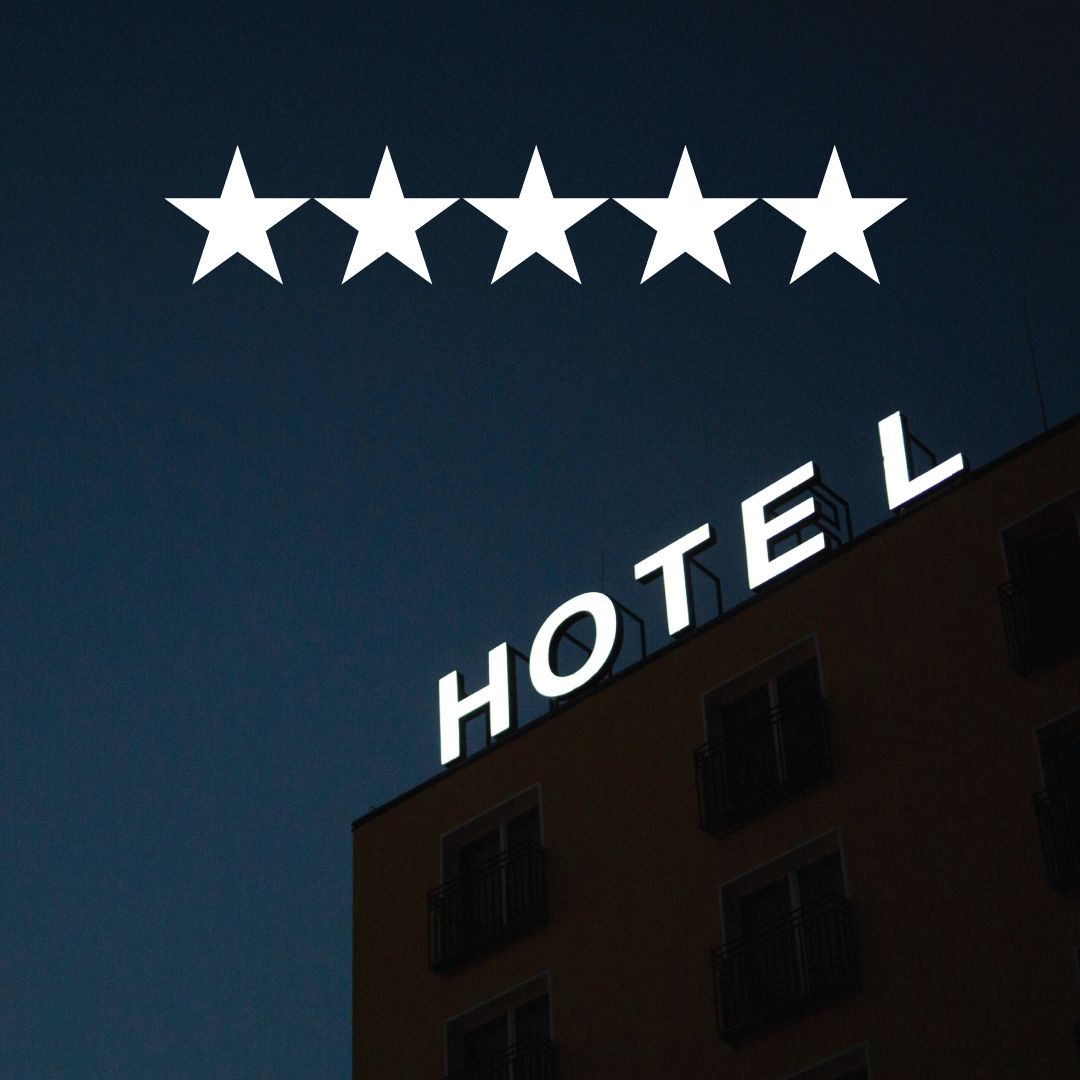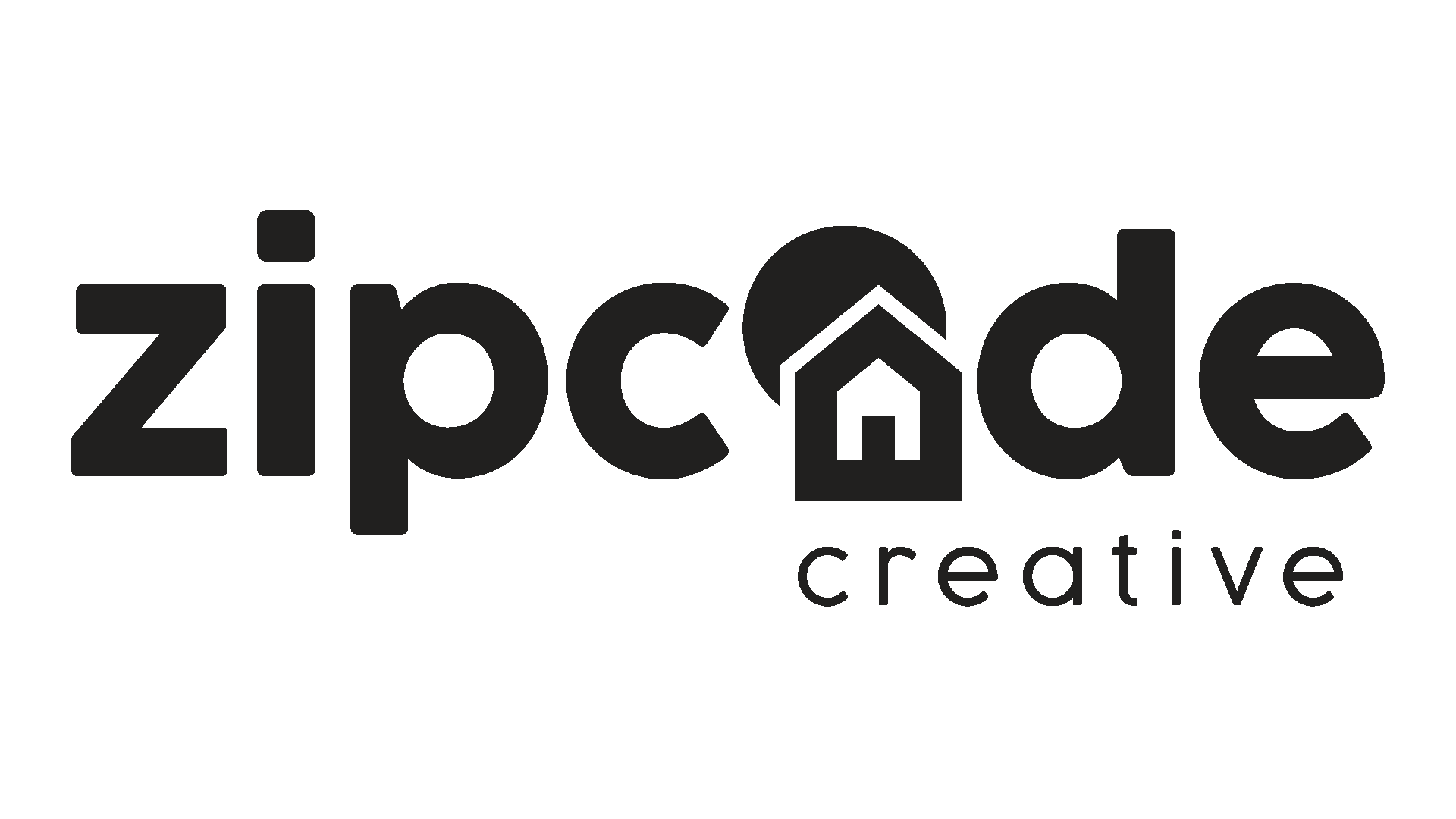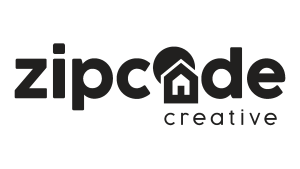
How to Build a Multifamily Portfolio Brand Worthy of Five Stars
Stacey Feeney
The multifamily industry has witnessed remarkable growth in portfolio branding strategies, yet many property management companies still miss opportunities to leverage this powerful approach. Portfolio branding can dramatically impact your leasing success rates and resident retention through enhanced brand recognition that rivals the hospitality industry’s most successful chains.
Imagine if your apartment communities could build resident loyalty the same way Marriott or Hilton creates guest loyalty. That’s the transformative power of multifamily portfolio branding—and it’s more achievable than you might think.
What is Multifamily Portfolio Branding?
Portfolio branding represents a strategic approach where multiple apartment communities operate under one unified brand identity. Rather than marketing each property independently, this method creates a family of communities that share consistent naming conventions, visual elements, and resident experiences.
Consider a portfolio brand called “Tranquility” (created for illustration) that operates communities named “Tranquility Meridian,” “Tranquility Boise,” and “Tranquility Denver.” This naming strategy immediately communicates brand connection while allowing for location-specific identity.
Why Portfolio Branding Matters for Property Management Companies
The hospitality industry perfected this approach decades ago. When guests have positive experiences at one Marriott property, they’re more likely to book with Marriott again, even in different cities. Multifamily brand strategy operates on identical principles.
For property management companies and multifamily development groups, portfolio branding creates:
- Enhanced resident loyalty when residents relocate between markets
- Increased brand recognition in competitive markets
- Streamlined marketing efforts across multiple properties
- Higher perceived value and premium pricing opportunities
Research shows that properties with strong brand identities can achieve 23% higher rental income and 20% faster lease-up rates compared to unbranded competitors.
Essential Components of Successful Portfolio Brand Development
Building an effective multifamily portfolio brand requires strategic planning across multiple touchpoints:
Market Research and Strategy
As industry research from Multifamily Executive demonstrates, successful portfolio branding requires executive team commitment from the beginning. “The entire company must be a part of the process of building the brand so it becomes innate to them—all associates have to live and breathe the brand,” notes Kellie Hughes, vice president of operations for Mill Creek Residential. Before developing any brand elements, comprehensive market research forms the foundation of success. Property managers must understand their ideal resident profiles across different markets while identifying common psychographic and demographic trends that connect their target audience.
This research phase should examine geographics, demographics, and lifestyle preferences to ensure the portfolio brand resonates across diverse markets while maintaining relevance for each community’s specific location.
Strategic Naming Development
Portfolio brand naming requires more complexity than individual community branding. The brand name must work across multiple markets, remain available for domain registration and social media handles, and avoid trademark conflicts.
Property management companies should invest time in this crucial step, as the name becomes the cornerstone of all future marketing efforts and resident recognition.
Visual Identity Systems
Your portfolio brand’s visual identity—including logo design, color palette, typography, and imagery style—must maintain consistency while allowing flexibility for individual community adaptations. This visual system becomes the thread connecting all communities under your portfolio brand umbrella.
Brand Voice and Messaging
Developing clear brand voice guidelines ensures consistent communication across all properties. Your messaging strategy should reflect the portfolio brand’s personality while addressing the specific needs and preferences of your target resident demographic.
Digital Presence Architecture
According to the National Multifamily Housing Council, the apartment industry represents a trillion-dollar market serving 35 million Americans, making brand differentiation increasingly crucial for property management companies seeking competitive advantages. Modern apartment seekers conduct their housing searches online, making your digital presence crucial for portfolio brand success. Your website structure should clearly demonstrate the connection between individual communities and the overarching brand, similar to how Gap showcases its family of brands including Old Navy and Banana Republic.
Aligning Your Portfolio Brand for Maximum Impact
Maintain Asset Class Consistency
Successful portfolio branding requires consistent asset class positioning. Mixing Class A luxury properties with Class C value communities under one portfolio brand creates confusion and diminishes brand equity.
Residents expect consistent experiences across portfolio brand properties. If someone has a luxury experience at one property, they should find similar quality standards at every location within your brand family.
Strategic Portfolio Categories
Property management companies can organize portfolio brands using several approaches:
Geographic Focus: Regional brands that serve specific markets or metropolitan areas Demographic Targeting: Brands focused on specific resident types (luxury professionals, families, students) Lifestyle Positioning: Brands built around specific lifestyle themes (urban living, suburban communities, eco-friendly living)
Avoiding Brand Misalignment
Brand inconsistency destroys resident trust faster than any other factor. Imagine residents visiting a second property in your portfolio and discovering significantly different amenities, service levels, or community atmosphere. This disconnect immediately undermines the brand loyalty you’ve worked to build.
Investment Benefits and Long-Term Value
Portfolio branding represents a strategic investment that pays dividends through operational efficiency and marketing effectiveness.
Operational Efficiency Gains
Once your portfolio brand guidelines are established, adding new communities becomes significantly more efficient:
Website Development: Single template and messaging strategy reduce development time and costs Marketing Materials: Pre-designed assets require only minor customization for new properties Social Media Management: Consolidated accounts increase content volume while strengthening brand visibility
Cost Savings Through Shared Resources
Portfolio branding eliminates duplicate effort across properties. Instead of developing unique brands for each community, property management teams can focus resources on perfecting one strong brand that scales across their entire portfolio.
Enhanced Market Positioning
Strong portfolio brands command premium positioning in competitive markets. Residents increasingly value brand consistency and the peace of mind that comes with choosing a recognized property management company.
Best Practices for Portfolio Brand Implementation
Consider Multiple Portfolio Brands
Property management companies operating diverse asset classes should consider developing separate portfolio brands for different market segments. Forcing luxury and affordable housing properties under one brand often creates confusion rather than clarity.
If your company manages both student housing and senior living communities, separate portfolio brands allow for targeted messaging and appropriate brand positioning for each demographic.
Leverage Technology Integration
Modern property management software can support portfolio branding efforts through consistent resident communication, unified online platforms, and streamlined leasing processes that reinforce brand identity across all touchpoints.
Monitor Brand Performance
Track portfolio brand performance through resident satisfaction scores, lease renewal rates, and market position analysis. Strong brands should demonstrate measurable improvements in resident retention and leasing velocity compared to unbranded properties.
Getting Started with Your Portfolio Brand
Developing a multifamily portfolio brand requires specialized expertise in both branding strategy and industry-specific challenges. Property management companies benefit from partnering with creative agencies that understand the unique requirements of multifamily branding.
The investment in professional portfolio brand development typically delivers returns through faster lease-ups, higher resident satisfaction, improved renewal rates, and enhanced market positioning that justifies premium pricing.
For property management companies ready to transform their marketing approach and build lasting resident loyalty, portfolio branding offers a proven path to sustainable competitive advantage in today’s challenging multifamily market.


